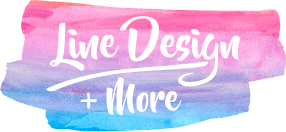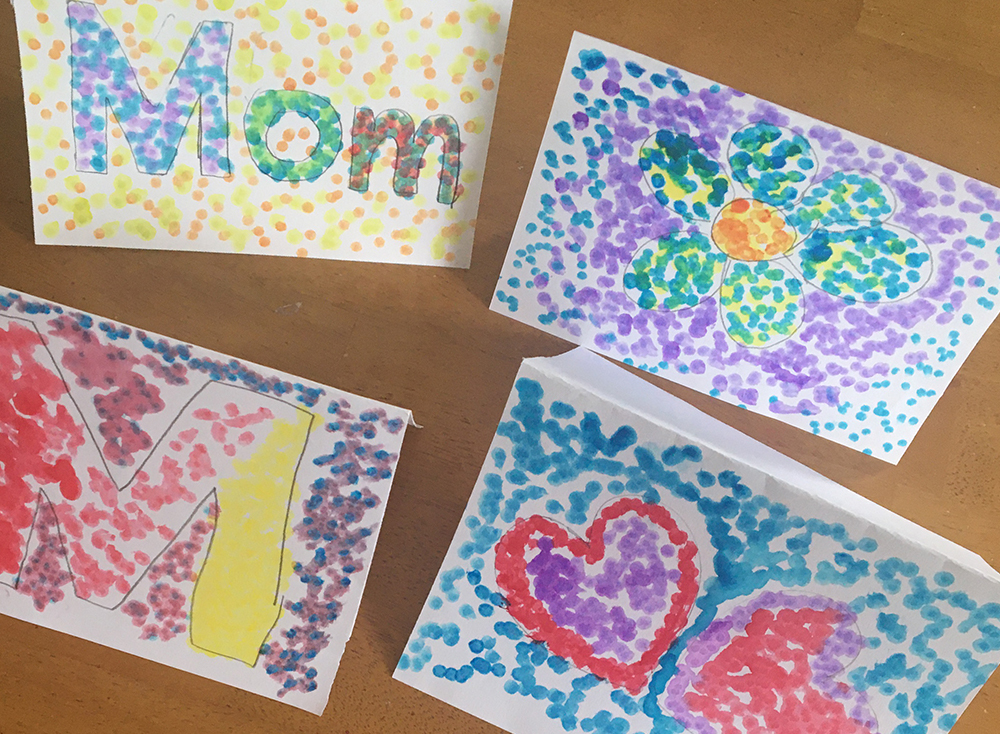To start off for you to earn portion of this badge you could visit an art museum or talk to an artist. How ever while our troop was working on this badge the Chicago area was shutdown because of the Covid-19. Well in luck the other option for the troop is to talk to an artist, which I happen to be! I have been doing graphic design, graphic illustrations , and traditional illustrations for almost 20 years now. Now that my children are getting older I can leave them unattended for longer periods of time and sneak into my art studio. Which honestly was one of the reasons my husband and I bought the house we live in, so that it would have adequate space for a studio.
You will never be happy if you continue to search for what happiness consists of. You will never live if you are looking for the meaning of life.
STEP ONE – Get Inspired
In this portion you are to learn more about paintings and the artist that painted them. I decided to focus on a style of painting that is well known in the art world called, POINTILLISM. Pointillism took place in the post impression period. Impressionism changed the trajectory of how we see art, and what was classified as “good art”. Pointillism is where instead of painting in the way we traditionally do with brush strokes and blending of colors together, the painting is a collection of dots or points. Instead of mixing or blending colors in the artist pallet or on the canvas, the eye does the blending. The human eye will naturally fill in the gaps for visual information it is missing. The concept is the collection of dots placed so closely together are so small that as you step back from the painting the colors begin to blend together into a cohesive object. So in this lets start easy, pick a an object to paint. We Chose Flowers because it happened to be just before Mothers Day weekend. You don’t need to be hyper realistic. Pointillism is not realism, remember it follows the impressionist era that strays away from realism.

STEP TWO – Get Supplies
Now that you have a subject or object that you want to paint, lets get our supplies.
- Water Color Paper – 90 lb is good weight
- Water Color Paints
- Q-tips a good number of therm
- Pencil an eraser
- 1cup of water (or my trick is to use an eye dropper for re-wetting)
- Tray to curb the mess is always good.
STEP THREE – Setting Up Your Work Area.
I like to set up my work area before I start a project. Usually i choose a space that my work can sit undisturbed for a long while in case I get interrupted. Also, its good practice to set up an designated area for crafting for your kids so they don’t start painting over your very expensive rug. Trays have been life saver for me for teaching my children organization and a place for everything while painting. When parents are less stressed about the mess, children tend to be more creative.
Now Lets Get Creative
For this Tutorial I am going to paint on of my favorite flowers, the sunflower. So I will draw out a light sketch my outline of the flower. This makes it much easier for visualization of where to place colors on my composition. I can not stress this enough to draw lightly, you do NOT want your pencil marks to be the focal point in the final piece. You want the pencil marks to seamlessly blend in and fade away to the rest of the painting.
Now you have stenciled out your image you can begin painting. You want to wet your pallet (water color paints), I like to use an eye dropper to avoid mucking up colors with dirty water. If you don’t have an eye dropper simply designate one of your water cups as your CLEAN WATER for re-wetting. Wet a clean paint brush and transfer water droplets to the pallet by brushing it along the top of the color. You want somewhat of a puddle to form on top of the color, let it sit for a moment so the water breaks down the dry paint.
Now its time for the Q-Tips. Simply dab the Q-tip into the wet color. *Tip* choose your lightest color first this will help avoiding transfer of paints that can dirty up you pallet or painting. Apply the Q-tip quickly in dabs onto your card stock where your choosing the image. This should be your base color for that shape or image. The dots can be close applied or spread out depending on what you color blend you are trying to achieve. Really there is no wrong way to do this, your going to apply color as to you see fit.
White Space can serve as color in you composition as well.
White Space – Part of the composition not painted.
Don’t feel that you have to fill the whole paper
When you ready for the next color if there is overlapping of colors you want to have the first color dry a little. Remember the process here in pointillism is not to have the color mix on paper, but for your eye to create the optical illusion they were blended. Keep applying your dots along your image or shape till your ready for the next color. Again you want to take into consideration of drying time if your next color was to blend on top of the previous colors. Continue this process till you feel you have completed your composition.
When your finished painting set aside to dry laying flat, this will prevent the colors from running and bleeding into each other. These paintings make great gifts or cards for special occasions.

